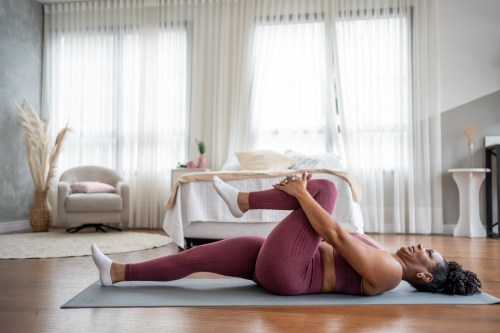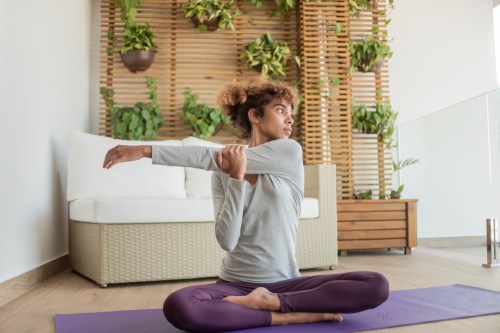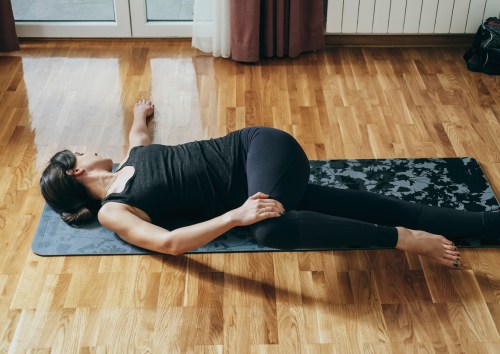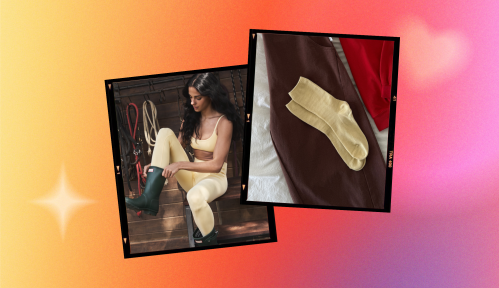If you’re a side sleeper, you know there’s nothing that feels quite as good as curling up in a cozy fetal position—until, of course, your hips start throbbing.
Experts in This Article
physical therapist and the founder of Moment Physical Therapy and Performance
Side sleepers can sometimes experience hip pain depending on the width of their hips, according to Andy Fata-Chan, PT, DPT, a physical therapist and founder of Moment Physical Therapy & Performance. If you have wider hips, you may bend your body away from the side you’re lying on. If you have narrower hips, you might bend toward the side you’re lying on. Both can lead to strain, pain, and restless nights.
“Any sleeping position that requires you to bring your knees closer to your chest will also require more mobility at the hips,” Dr. Fata-Chan says. “Plus, if someone doesn’t have as much mobility due to a restriction or previous injury, it makes certain sleeping positions uncomfortable.”
That said, hope is not lost for side sleepers. By working on the flexibility of your hip muscles during the day, you can sleep better at night—and a few simple hip stretches will get you there.
How hip stretches can help you sleep better at night
Let’s face it: Most of us have tight hips, largely due to physical inactivity.
“Eighty percent of adults do not meet the physical activity guidelines,” Dr. Fata-Chan says. “Most of the jobs that we have in today’s world also include a lot of sitting in front of a computer, which only contributes to tight and achy hips.”
Exercises that improve your mobility and flexibility can decrease the tension that keeps you up at night. Plus, there are other benefits to stretching before you wind down for the night.
“Focusing on taking deep breaths can help down-regulate the nervous system and make you feel more relaxed as you prepare for a good night’s sleep,” Dr. Fata-Chan says.
In fact, moderate-intensity resistance exercise and stretching led to improved sleep quality in people with chronic insomnia, per a 2019 study in the Brazilian Journal of Psychiatry1.
In addition to stretching, play around with your sleeping ergonomics by trying out various pillows and positions. (FYI: These are a few of the best pillows for side sleepers we’re obsessed with!)
“Some people like to sleep on their side with a small pillow underneath their hip, to be in a more neutral and comfortable position,” Dr. Fata-Chan says.
Sleeping posture is subjective, so the key is to experiment and see what helps you drift into dreamland most easily. In the meantime, try the following stretches recommended by Dr. Fata-Chan to keep your muscles limber and prepare for a sound night’s sleep.
“Any sleeping position that requires you to bring your knees closer to your chest will also require more mobility at the hips. Plus, if someone doesn’t have as much mobility due to a restriction or previous injury, it makes certain sleeping positions uncomfortable.” —Andy Fata-Chan, PT
Best hip stretches for better sleep
1. Kickstand deadlift
This stretches your glutes, so you can feel more comfortable bringing your knees close to your chest at night. Complete two sets of 10 reps on each side.
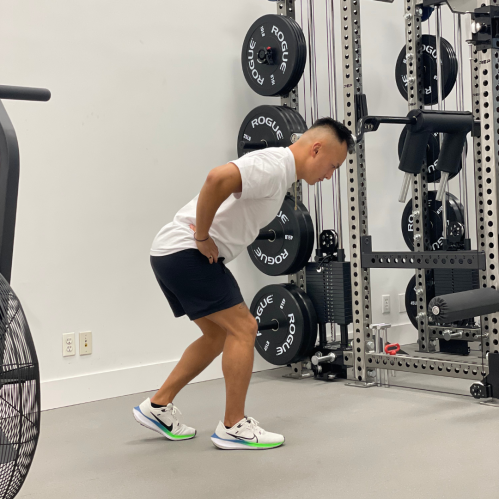
- 1.Stand tall with your feet together and your hands on your hips.
- 2.Step your left foot about 6 to 12 inches back. Throughout the movement, you’ll balance on the toes of your left foot.
- 3.Keeping your knees slightly bent, perform a deadlift by hinging forward at your hips. Keep your hips square.
- 4.Continue lowering your torso until it’s almost parallel to the floor (or as close to parallel as your range of motion allows) and you feel a stretch in your right hamstring (the back of your leg).
- 5.Keeping your back flat, brace your core and push through your right foot to return to standing.
- 6.Repeat.
2. Foam roller hip shift
Dynamic foam rolling helps to improve mobility in your hip joint and pelvis, as you shift side to side with the foam roller. Complete two sets of 10 reps.
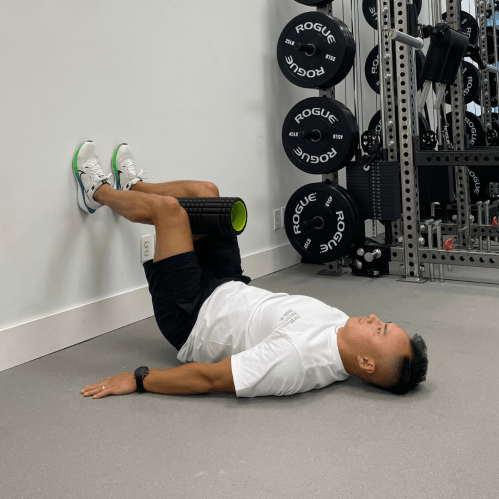
- 1.Lie on your back with your feet up against a wall. Let your arms rest down by your sides.
- 2.Make a 90-degree angle with your knees and hips.
- 3.Put a foam roller between your knees.
- 4.Pull one hip back with gentle pressure into the foam roller.
- 5.Pull the opposite hip back, shifting the foam roller side to side.
- 6.Repeat, alternating hips each rep.
3. Hip airplane
With this stretch, you can restore rotation in your hip joint. This will help you to feel more comfortable sleeping with your legs sprawled out or closer together. Complete two sets of 10 reps on each side.
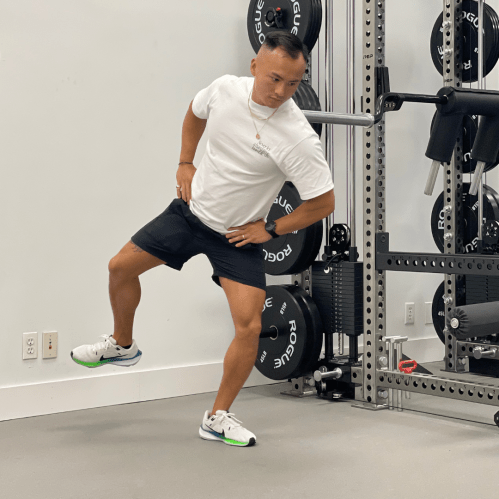
- 1.Stand on your left leg with a soft bend in your left knee. Place your hands on your hips.
- 2.Open your hips as you rotate your right leg away from your left (standing) leg. Only move as far as you can while keeping your balance.
- 3.Close your hips as you move your right leg back toward your left (standing) leg.
- 4.Repeat on the other side.
4. Quadruped hip liftoff
These liftoffs improve hip and groin mobility, which can help you sleep with your legs more sprawled out without compensating with an extension from your lower back. Complete two sets of five reps on each side.
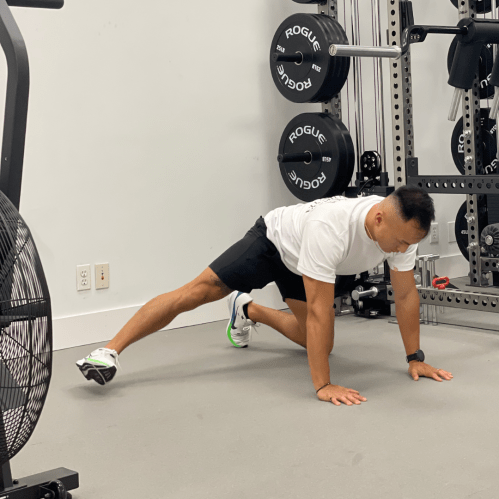
- 1.Start in a tabletop position on all fours.
- 2.Extend your right leg straight out to your side.
- 3.Keeping your hips square and spine neutral, lift your right leg straight leg up toward the ceiling as high as you can.
- 4.Hold for one to two seconds, then lower your right leg.
- 5.Repeat on opposite side.
5. 90-90 hip lift
A hip lift helps you engage a posterior tilt of your pelvis, which is great if you tend to be more anteriorly tilted. (A sign of an anterior tilt is when your lower back doesn’t touch the bed when you lie on your back.) Complete two sets of 30-second holds.
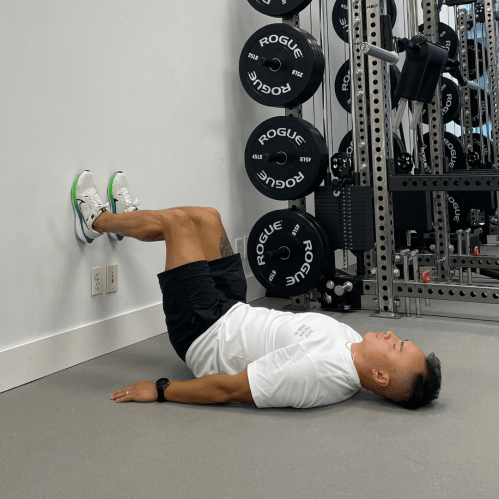
- 1.Lie on your back with your feet up against the wall, with your hips and knees into a 90-degree angle. Let your arms rest down by your sides.
- 2.Lift your hips an inch off of the ground. You should feel your hamstrings gently pull your pelvis backward.
- 3.Focus on deep inhales and exhales as you relax your lower back and hips.
- 4.Lower your hips back to the ground.
- 5.Repeat.
6. Reverse Nordic curl
This move improves hip flexor mobility, which can help your lower back come into contact with the bed (if you do end up flipping over to your back). Complete two sets of 10 reps.
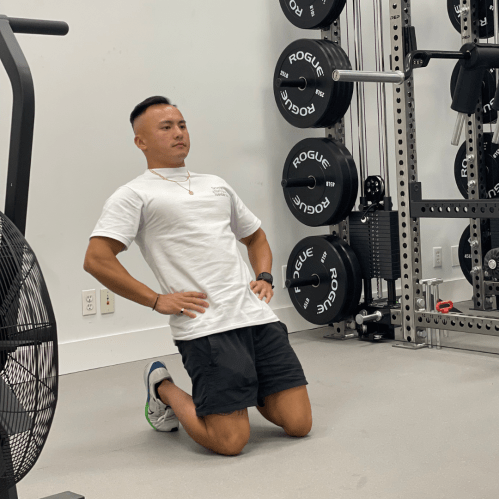
- 1.Get into a tall kneeling position (if desired, add a cushion beneath your knees).
- 2.Gently pull your belly button toward your chin to maintain a neutral pelvis position.
- 3.Hold your spine in neutral as you slowly lean back as far as you can control yourself. As you do so, keep a straight line from your shoulder to your hips and your knees.
- 4.Pull yourself back to the starting position and reset before leaning back again.
- 5.Repeat.
D’Aurea CVR, Poyares D, Passos GS, Santana MG, Youngstedt SD, Souza AA, Bicudo J, Tufik S, de Mello MT. Effects of resistance exercise training and stretching on chronic insomnia. Braz J Psychiatry. 2019 Jan-Feb;41(1):51-57. doi: 10.1590/1516-4446-2018-0030. Epub 2018 Oct 11. PMID: 30328967; PMCID: PMC6781703.
↩︎
Sign Up for Our Daily Newsletter
Get all the latest in wellness, trends, food, fitness, beauty, and more delivered right to your inbox.
Got it, you've been added to our email list.
